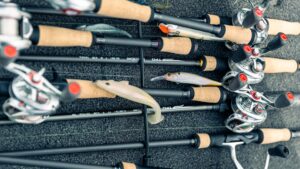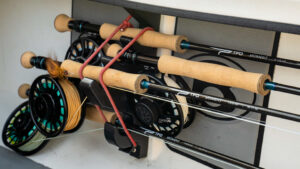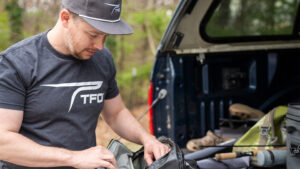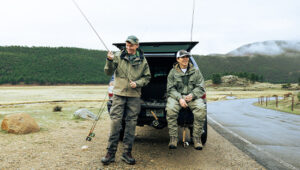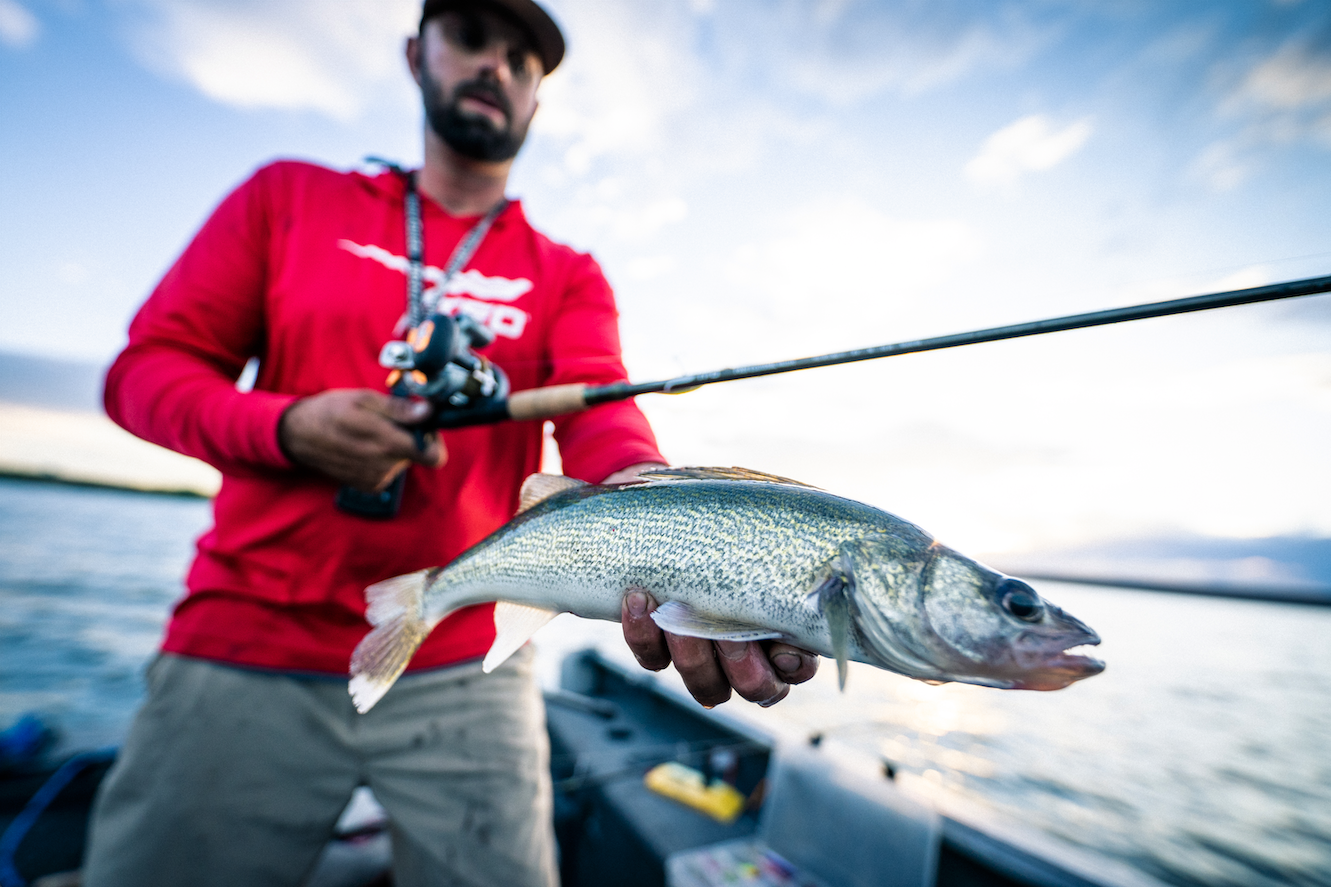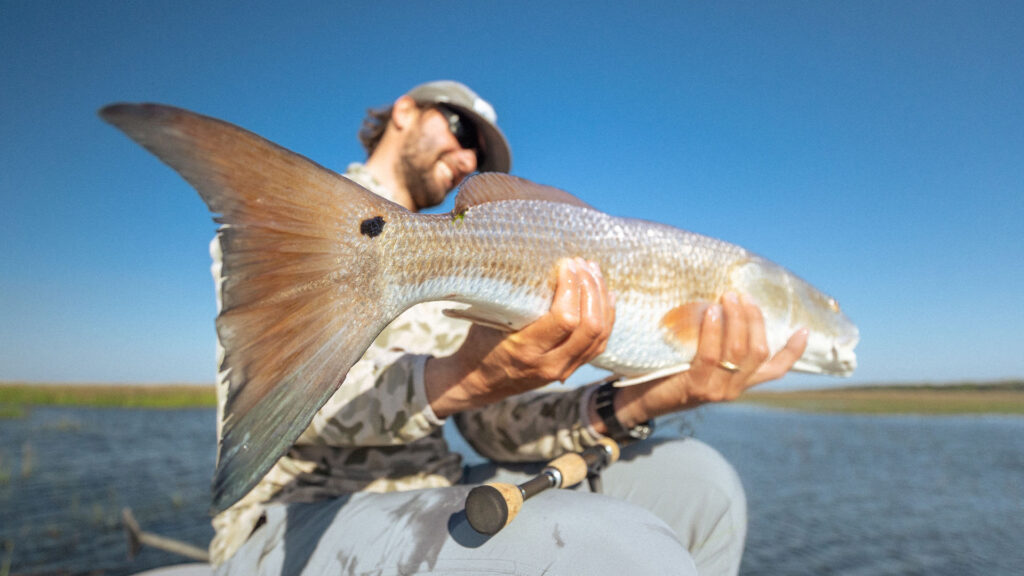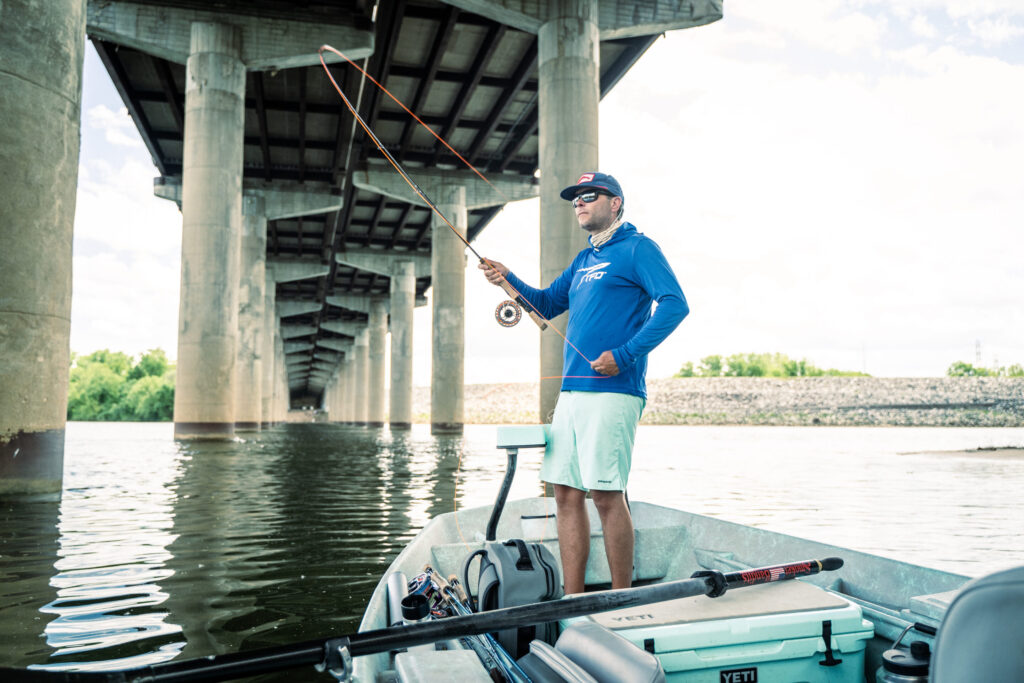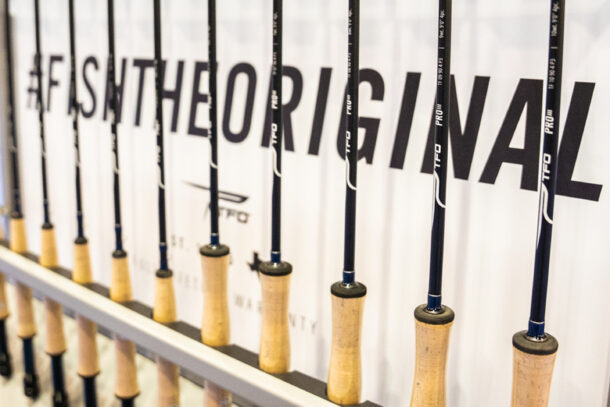Spring is an excellent time to catch some trophy walleye, and tactics such as precision trolling with TFO’s new Professional Walleye Trolling series is the ideal method and tool for this scenario. This week, we catch up with Ambassador Will Dykstra (who helped with the design and feedback of the new trolling rods), to discuss spring walleye fishing and how he’s rigging and using the Professional Walleye trolling rods.
TFO: Walleye season opener is coming up for some states, but you’ve already had a head start out west in Colorado. Can you talk about how you’ve been/are fishing for walleye this spring?
WD: This time of year, we’re looking at prespawn/spawn/post spawn fish – the post spawn bite is probably your best trophy bite of the whole year. Precision trolling with crankbaits and big stick baits with planer boards is the hot ticket. This method works especially well right now in Colorado, but will also work in just about every walleye fishery in the country. We also do a lot of night trolling during the spring with 4”-6” jerk baits so we can dial in on those plainer boards and get the fish in. My go-to rod is the new 8’6” Medium Professional Walleye Trolling rod.

PRO WTC 864-1T
When you’re precision trolling for fish right above structure or in the actual strike zone of fish – if it’s too high or too low, those fish aren’t going to take your bait. When you have planer boards that are surging because the rods tips can’t absorb the weight of the planer board, you’re going to spend a lot less time fishing the strike zone. For me, having the forgiving action on the 8’6’ trolling rods allows me to stay fishing in the zone the entire time with minimal planer board surge.

Photo: Oliver Sutro
TFO: What types of baits or lures do you typically use this time of year on your fisheries? Additionally, what type of line and reel setup are you using for precision trolling?
WD: Here in Colorado, we have mostly gizzard shad in our lakes, so we are primarily focused on trying to find the piles of gizzard shad and setting our baits to the current distance behind the boards to make sure we are fishing the strike zone.
I use 10 lb. monofilament line. Basically, every dive chart created for every lure was based off of 10 lb. monofilament line. I prefer to use the P-Line CXX X-Tra Strong series because of its durability. It’s also really important to have some kind of crosslock snap to get the best action out of the bait., and also the most consistent diving action of out the bait, too.
I use an Okuma Coldwater Line Counter for my trolling reel. It really doesn’t matter which line counter you use, but I’ve had some luck using this one particular one.

Photo: Oliver Sutro
TFO: Any other methods besides precision trolling that you like to do in the spring or late spring?
WD: Precision trolling at night is primarily what I am doing in the spring until the fish wrap up their post spawn timeframe. From there, I’m going to be transitioning to a lead core bite. The 10’ lead core rod (PRO WTC 1004-2) and also the 8’6” trolling rod are both of the rods that I’m pulling lead with.

PRO WTC 1004-2
It’s a little unconventional, but we’re pulling small swimbaits with a 3/8 ounce jighead with a 3.5” swim bait – and literally fishing 2-6” off the bottom. Pulling that lead core allows us to dial in on depth that well. We can adjust the line non-stop to where we are just ticking the bottom every 30 seconds to a minute.
If you’re dragging it through the mud or bouncing it off rocks, for whatever reason, it doesn’t trigger fish here like it does in other places like the Canadian Shield where bouncing crankbaits triggers everything – smallmouth, northern, musky, and walleye. For whatever reason, our western fish don’t want it digging up the mud.
Fishing smaller crankbaits and swimbaits 2”-4” off the bottom is the ticket here. Again, the nice think about the Professional Walleye Trolling rods – with the lead and the zero stretch that you have pulling lead core, you have a much more forgiving aspect that allows you to still bury those hooks into the fish.

Photo: Oliver Sutro
TFO: Why fish for walleye at night in the spring?
WD: They’re more active. They’re putting on the food bags once they’ve finished spawning, and they’re trying to gain that weight they lost during the spawn and get those calories back on. I’ve noticed that typically in the last full moon in April (April 26) is when the night bite starts to fade off, and our water temperatures start climbing into the high 50s. As soon as we start seeing 60 degree waters, we stop trolling. A lot of it has to do with vegetation growth. At that point, the fish will start setting up on their summer spots and we’ll switch to casting and jigging.
Stay tuned for Part ll for late spring/early summer walleye tactics…
![]()
